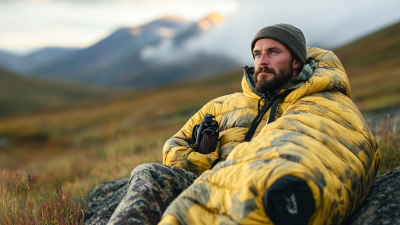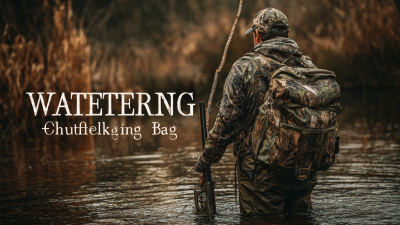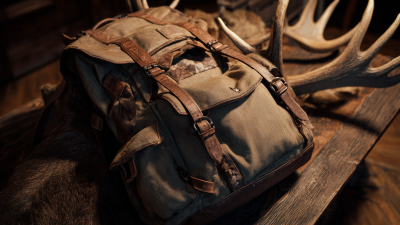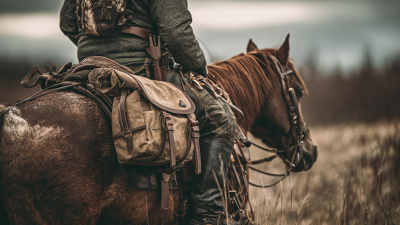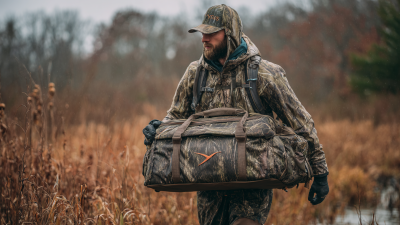When choosing a hunting sleeping bag, understanding the different types available is crucial for optimal comfort and performance in the field. The most common types are rectangular, mummy, and semi-rectangular sleeping bags.
Rectangular bags offer more space and comfort, making them ideal for hunters who prefer to move around while sleeping. They are usually heavier and bulkier, which can be a disadvantage when packing for a hunting trip.
Mummy sleeping bags, on the other hand, are designed for efficiency and warmth. Their tapered shapes hug the body's contours, reducing the amount of space that needs to be heated. This style is lighter and more compact, making it a popular choice among backpackers and hunters venturing into colder conditions.
Semi-rectangular bags combine elements from both styles, providing a balance between space and heat retention. By understanding these variations, hunters can select the right type of sleeping bag to match their specific needs and environmental conditions, ensuring a restful night in the wilderness.

Home
About Us
Products
FAQ
News
Contact Us






 Hunting And Shooting Bag LSH
Hunting And Shooting Bag LSH Tactical Military Bag & Vest LST
Tactical Military Bag & Vest LST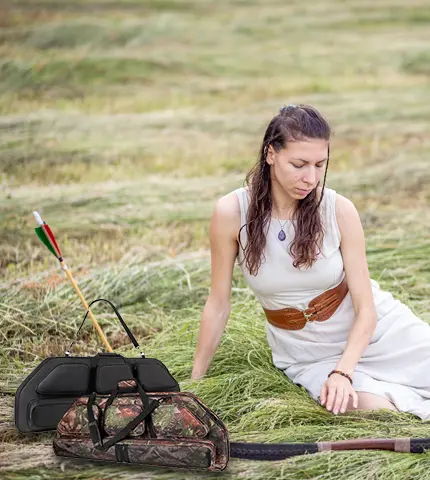 Archery Bag LSC
Archery Bag LSC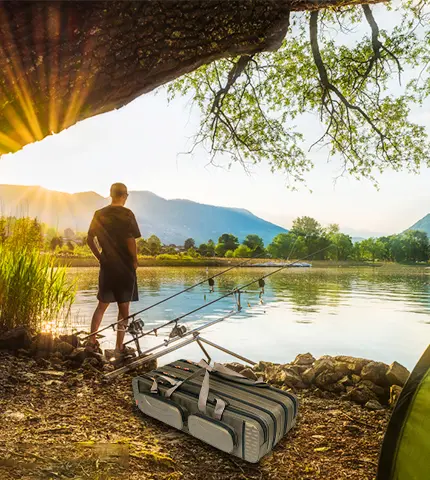 Fishing Bag LSF
Fishing Bag LSF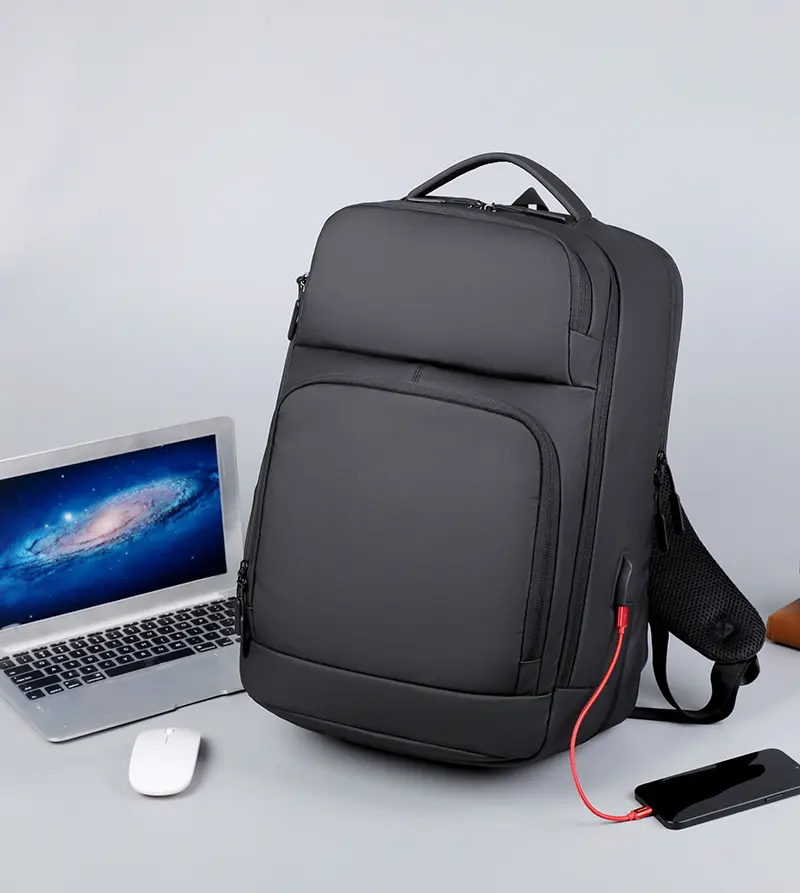 Others LSB
Others LSB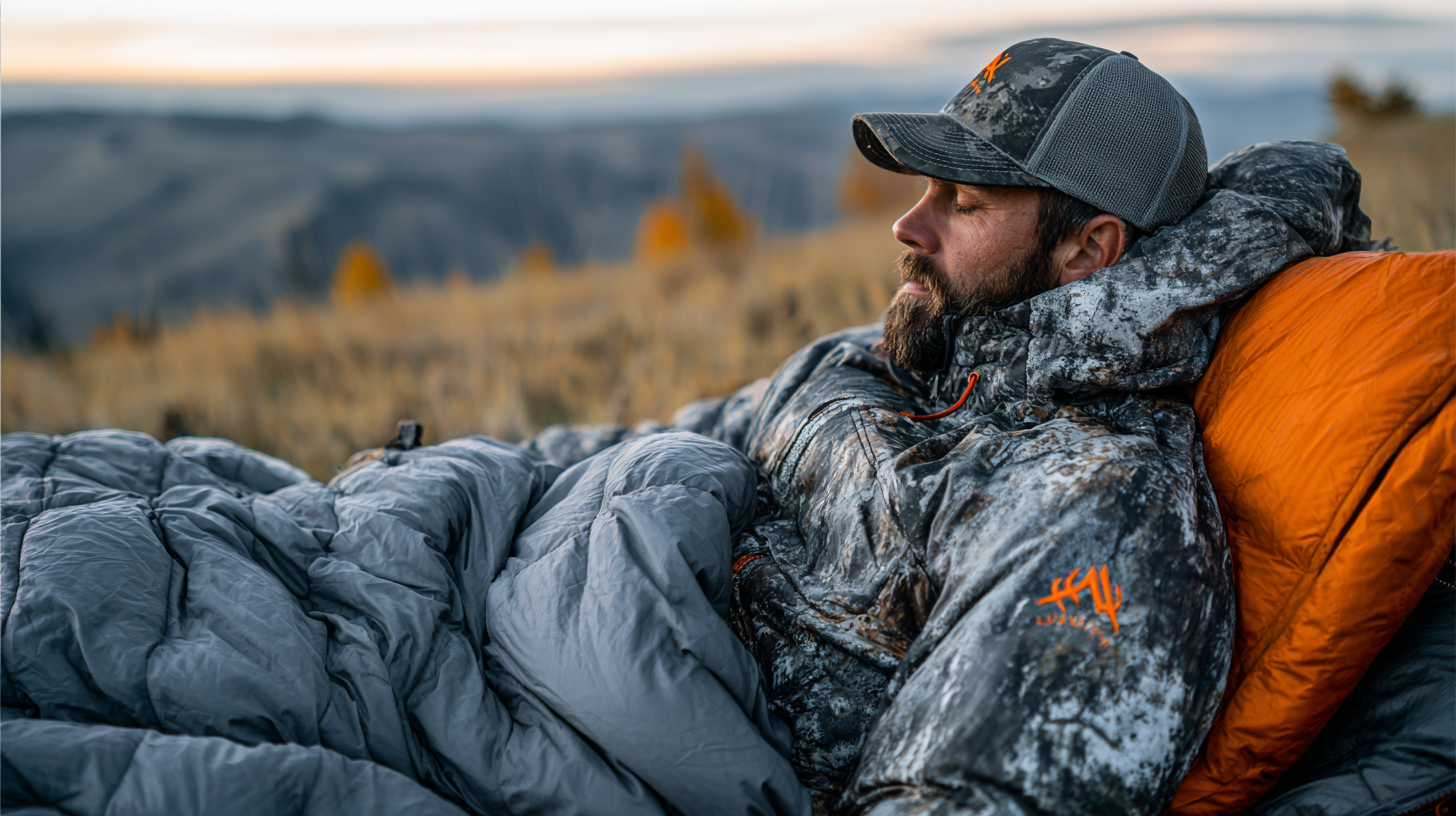
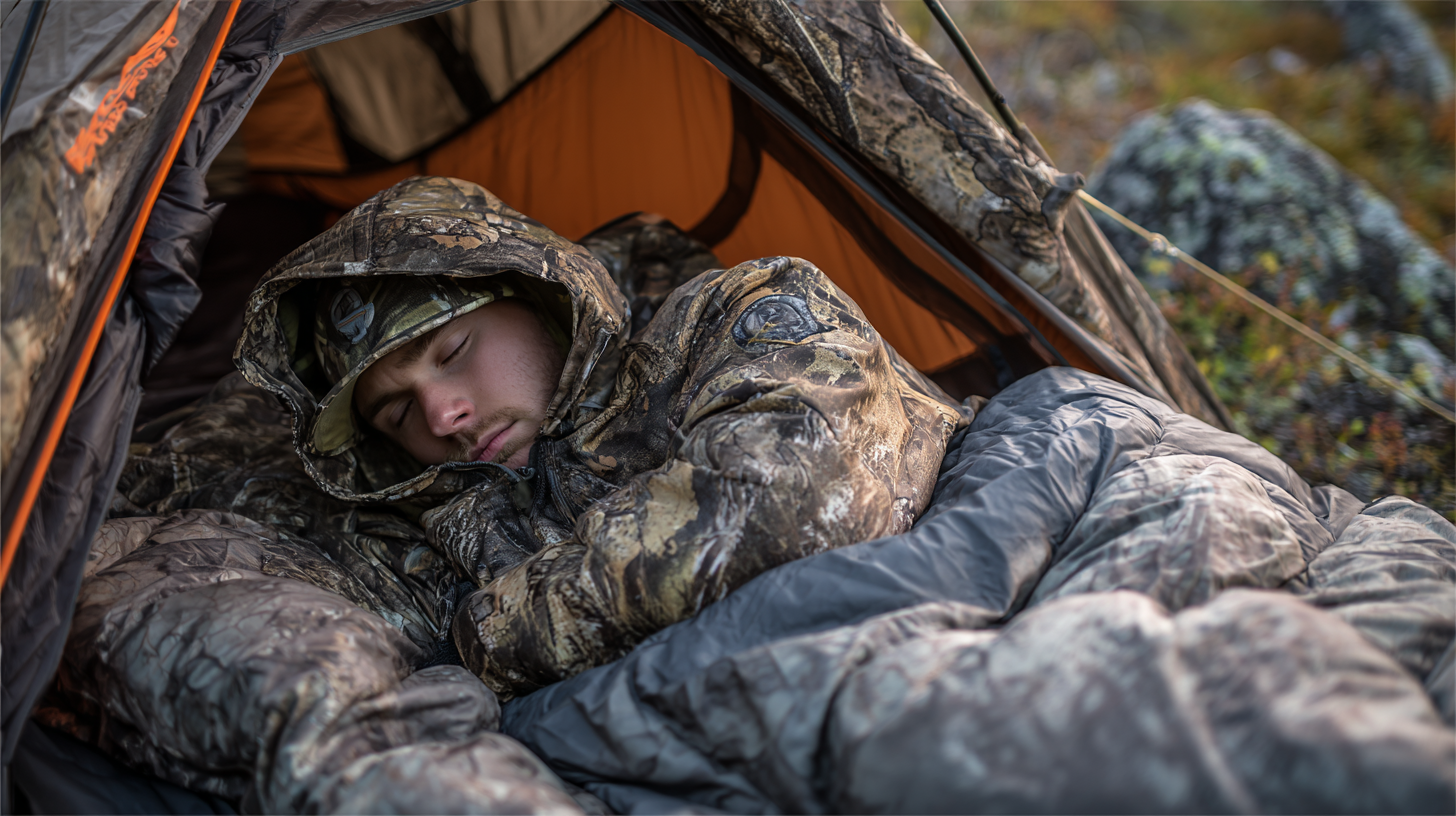 Additionally, considering the material used, such as down versus synthetic, plays a significant role in warmth retention and moisture resistance. Down sleeping bags, while pricier, offer superior compressibility and warmth, essential for those who venture into colder climates.
Additionally, considering the material used, such as down versus synthetic, plays a significant role in warmth retention and moisture resistance. Down sleeping bags, while pricier, offer superior compressibility and warmth, essential for those who venture into colder climates.
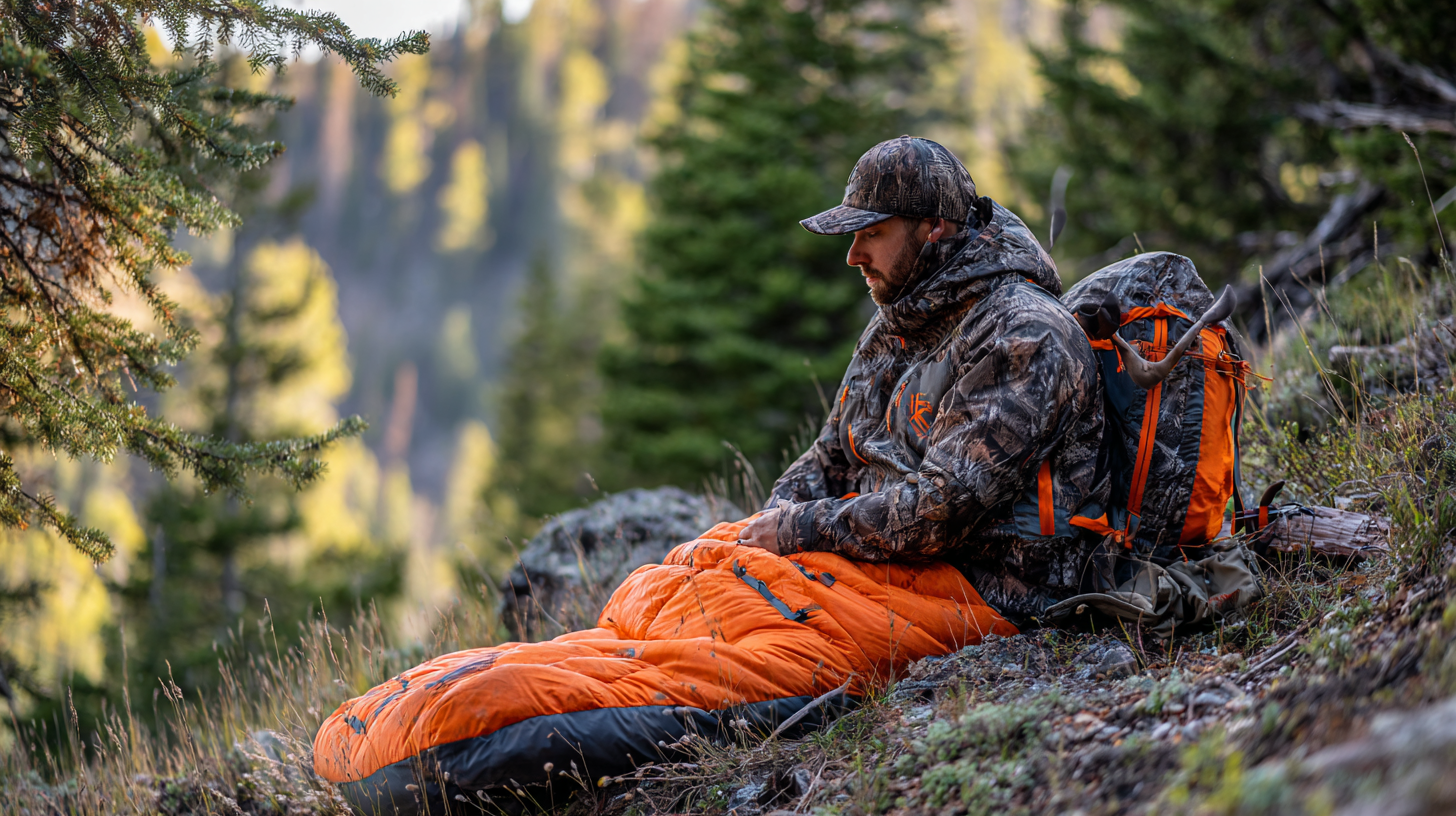 When selecting a hunting sleeping bag, evaluating its size and shape is crucial to ensure an optimal fit for your body type and sleeping style. The right dimensions can significantly enhance your comfort during the night and improve insulation. Generally, sleeping bags come in three main shapes: rectangular, semi-rectangular, and mummy. Rectangular bags offer more room to move around, making them ideal for side sleepers. In contrast, mummy bags taper at the feet and provide better heat retention, suitable for colder conditions.
When selecting a hunting sleeping bag, evaluating its size and shape is crucial to ensure an optimal fit for your body type and sleeping style. The right dimensions can significantly enhance your comfort during the night and improve insulation. Generally, sleeping bags come in three main shapes: rectangular, semi-rectangular, and mummy. Rectangular bags offer more room to move around, making them ideal for side sleepers. In contrast, mummy bags taper at the feet and provide better heat retention, suitable for colder conditions.